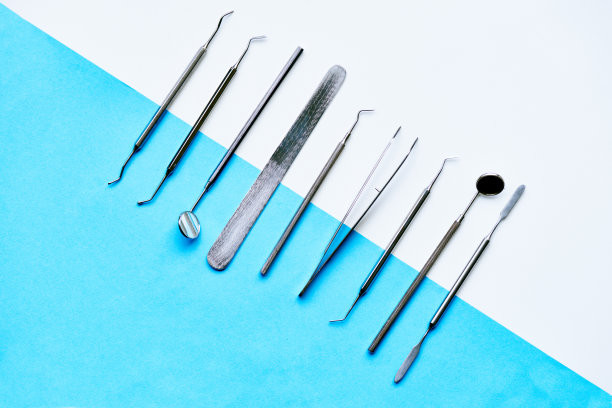Essential Guidelines to Follow Before and After Receiving a Dental Filling for Optimal Oral Health
Summary: Receiving a dental filling is a crucial step in maintaining optimal oral health, especially when dealing with cavities or tooth decay. This article outlines essential guidelines to follow before and after the procedure to ensure the best outcomes and promote healing. The guidelines are divided into four main sections: preparation for the filling, understanding the procedure, post-filling care, and regular dental check-ups. Each section offers practical tips and insights that can help patients navigate the experience of getting a filling, ensuring both comfort and effectiveness in maintaining their oral health for the long term.
1. Preparing for the Dental Filling Procedure

Preparation is key when scheduling a dental filling. Before your appointment, its important to communicate openly with your dentist. Discuss any medical conditions, allergies, or medications you are currently taking. This information is crucial as it helps the dentist tailor the procedure to your specific needs, ensuring that you receive safe and effective treatment.
Another crucial step is to arrange for transportation if you anticipate needing anesthesia. Depending on the filling’s complexity and the anesthesia used, you may feel groggy post-procedure. Requesting a family member or friend to accompany you ensures that you return home safely and can fully focus on the recovery process.
Lastly, avoid eating a heavy meal just before your appointment. It’s often recommended to eat a light meal beforehand to minimize discomfort and nausea, especially if you will undergo anesthesia. This way, you can manage any discomfort that might arise from the procedure itself without adding the complications of a full stomach.
2. Understanding the Dental Filling Procedure
Understanding the procedure will help alleviate any anxieties you might have. When you arrive at the dental office, your dentist will provide a thorough diagnosis and explain the filling process to you. This typically involves numbing the area around the affected tooth, removing decay, and placing the filling material. Knowing what to expect can go a long way in reducing fear and building trust between you and your dentist.
During the procedure, don’t hesitate to ask questions. Feeling informed about each step can help you feel more at ease. Make sure to let your dentist know if you experience any pain during the filling process, as adjustments can usually be made to ensure your comfort.
After the filling is placed, allow some time for the dentist to explain post-operative care. Understanding what to expect in terms of healing and any potential side effects will empower you to take appropriate action for recovery. Having this information ahead of time can ease concerns and help you feel more in control of your oral health.
3. Post-Filling Care for Optimal Healing
After receiving your dental filling, immediate care is important. Initially, avoid chewing on the side of the mouth where the filling was placed until the anesthesia wears off. This precaution will prevent biting your tongue or cheek accidentally, which can lead to injury as your mouth gradually regains feeling.
Moreover, be mindful of the temperature of the foods and beverages you consume. Your tooth may be sensitive for a short period after the procedure, so opting for lukewarm or room temperature items will prevent discomfort and promote healing.
It is also essential to maintain good oral hygiene post-filling. Continue brushing and flossing your teeth while being gentle around the filling site. Using a fluoride toothpaste can further protect the tooth and support oral health. If you notice prolonged sensitivity or discomfort following the filling, it’s important to follow up with your dentist.
4. The Importance of Regular Dental Check-Ups
Regular dental check-ups play a pivotal role in maintaining optimal oral health. After getting a dental filling, scheduling follow-up visits allows your dentist to monitor the condition of the filling and surrounding teeth. Dentists recommend check-ups every six months to help catch any potential issues before they become more serious.
During these visits, your dentist can perform professional cleanings and check for any signs of decay or damage that could affect your fillings. Maintaining this routine will not only prolong the life of your fillings but significantly reduce the risk of developing new cavities.
Additionally, good communication with your dentist during these check-ups can help you stay informed about your oral health status. This includes receiving updates on preventive care and any necessary future treatments. Being proactive about your dental visits encourages a healthier smile overall.
Summary:
Following essential guidelines before and after receiving a dental filling is vital for optimal oral health. Preparation for the treatment, understanding the procedure, effective post-filling care, and committing to regular dental check-ups are all integral steps that patients should not overlook. Addressing each of these areas will not only enhance your experience but also contribute to lasting oral health and well-being.
This article is compiled by Vickong Dental and the content is for reference only.



